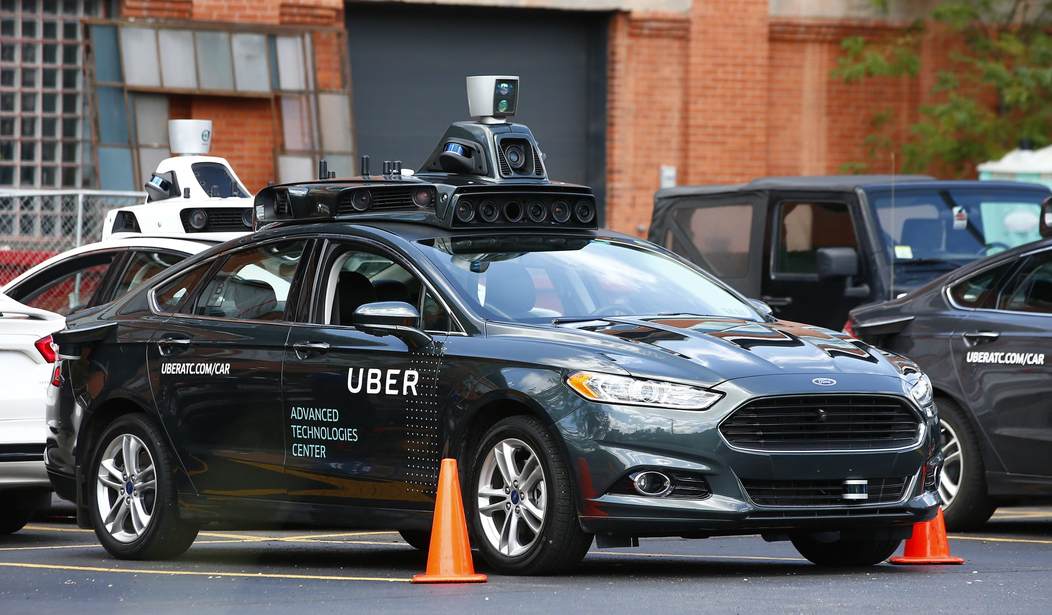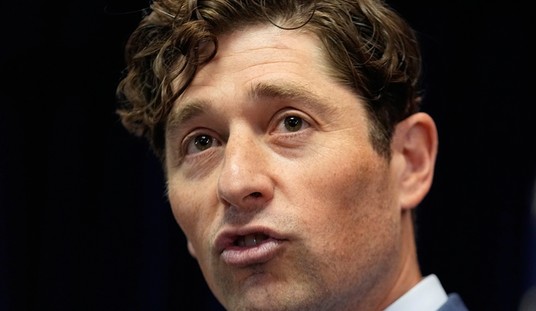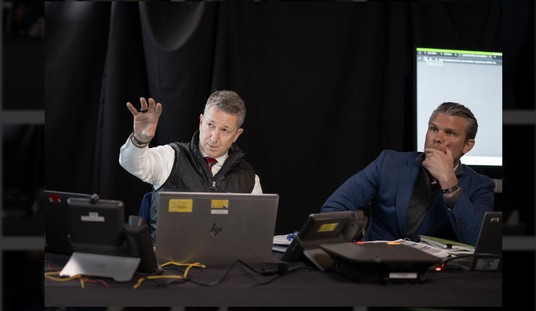It’s been a while since news broke in early 2015 that Uber was working on self-driving cars. Earlier this year, the company openly admitted it was testing cars in Pittsburgh, but we haven’t heard much more over the last 18 months.
With Google, the self-driving car leader, slowly making progress with its autonomous cars, you’d be forgiven for thinking Uber’s efforts are far behind and barely visible in its frenemy‘s rearview mirror.
Well think again!
It turns out Uber has been making very rapid progress on its plan to replace its one million-plus drivers with computers. Bad news if you’re an Uber driver…
In an interview with Bloomberg, CEO Travis Kalanick revealed that the company is preparing to add self-driving cars to its fleet of active drivers in Pittsburgh as soon as this month.
The company will deploy around 100 modified Volvo XC90s outfitted with self-driving equipment. Each vehicle will be staffed by one engineer, who can take the wheel as/when needed, and a co-pilot to observe and take notes. There will also be a “liquid-cooled” computer sitting in the trunk recording trip and map data.
Rather than using self-driving cars like the ones Google has been developing, Uber will feature cars that have self driving kits installed aftermarket:
To do that, Uber has quietly snapped up Otto, a promising startup that launched this year to bring self-driving technology to trucks. Otto’s technology can be fitted to existing trucks, and, according to Bloomberg, the technology will be adapted to create a lidar — laser detection — system to power autonomous Uber vehicles.
The Otto acquisition is hugely notable, not only for the technology but the personnel involved.
The company was founded by former Googlers Anthony Levandowski, Lior Ron, Don Burnette, and Claire Delaunay. Levandowski led Google’s self-driving car efforts, Ron was an executive on Google Maps and Motorola, while other staff have spent time with Apple, Tesla and other notable automotive firms.
People willing to try the (almost) driverless option will ride for free.
It’s highly unlikely Uber’s insurance people would green-light this test if the technology wasn’t already sound. The real hurdle to making a driverless Uber something people would pay for is getting the public used to it without the “training wheels” in the form of an engineer riding along to grab the wheel “just in case.” Then again, if they give away enough freebies during a test period, the bargain-hunting tech-savvy public might make it happen sooner.










Join the conversation as a VIP Member